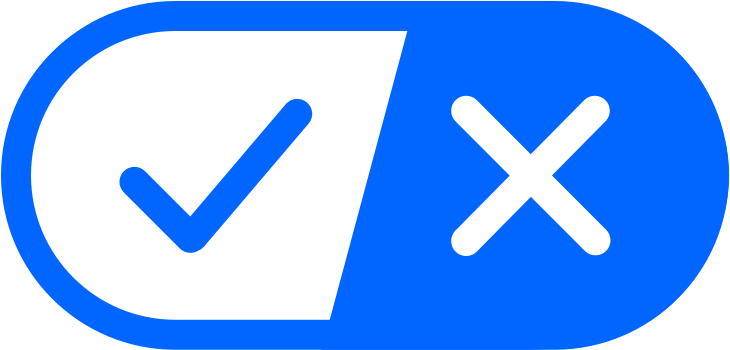Landing a new job is exciting, but it also comes with a lot of financial decisions. You have to choose the right health insurance plan, review your compensation package, and set up your new retirement account. That’s why a new job is a great reminder to review your financial plan.
Part of updating your financial plan is figuring out what to do with your old 401(k) account. Let’s review your options so you can decide which one is right for you.
In general, you have three choices for your old 401(k):
1. Do nothing
Letting your 401(k) stay with your former employer is the easiest choice, and it allows you to focus on your new job while you’re in transition. But there are some downsides. You can’t make additional contributions to an old 401(k) account after you leave an employer. And more importantly, doing nothing can have a negative impact on your financial plan and cost you over the long term.
According to recent research, orphaned 401(k) accounts could cost nearly $700,000 in foregone retirement savings, compared to switching to a more flexible, low-cost account, like an individual retirement account (IRA). Plus, your investment options are typically limited and higher cost with old retirement plans. And there’s always the possibility of simply forgetting about your old 401(k) altogether, which could mean leaving money on the table.
Bottom line: While it is the lowest maintenance, we don’t recommend this option since it can prove to be costly and negatively impact your financial plan.
2. Roll it over to your new employer’s plan
Most employers allow you to rollover an old 401(k) to their plan, and instructions are usually included in your HR welcome packet. This option allows you to keep your retirement savings in one place, and if it’s a direct rollover — when the money goes directly from your old account to your new 401(k), which is commonly offered — you don’t have to worry about penalties or taxes.
But, there are downsides to rolling your old 401(k) to your new employer’s 401(k). Fees and limited investment options are two big ones. For instance, one retirement researcher found that the fees can range from 0.37% of your account for the largest companies, up to 1.42% for the smallest. For retirement plans on the higher end of the fee spectrum, that small difference can have profound impacts on your retirement account balance, especially over the long-term as you continue to grow your wealth. And, because you typically have fewer investment options than you would with a rollover IRA, you have fewer fee options to choose from as well.
Bottom line: Rolling over your old 401(k) to your new employer’s plan is a solid option if you’re comfortable self-managing. For investors who want more investment options and lower fees over time, however, our third option is a better fit.
3. Roll it over to an IRA
A Rollover IRA is a special retirement account that exists separate from your employer. You can open one where you already invest or bank, including Farther. Similar to rolling over your old 401(k) to a new one, a direct rollover to an IRA is free from taxes and penalties and would allow you to keep your retirement savings in one place.
There are a few key differences though. Rollover IRAs offer more flexibility than 401(k)s and the potential for lower fees. Especially if you opt to work with an advisor. For example, Farther charges 0.80% to professionally manage your IRA assets while other financial advisors typically charge between 1% to 1.5%.
With an IRA, you also have more investment options, like cryptocurrency and individual stocks, which aren’t typically available through a 401(k). You’re also able to work with your financial advisor to manage your retirement savings alongside other investments, making it easier to create a holistic financial plan that meets your goals.
However, unlike 401(k)s, you can’t borrow from an IRA. So if you need to free up cash for an emergency and don’t have savings to fall back on, you’d have to consider other options or prepare to get hit with early-withdrawal taxes and penalties. There’s also a lower annual contribution limit for IRAs — excluding the rollover amount — than you’ll find with a 401(k). The max contribution for 2021 is $6,000 for those under 50.
Bottom line: Rollover IRAs are a smart option for old 401(k) accounts, especially for those looking to create a cohesive financial plan that grows with them.
What we recommend
The best rollover option will depend on your financial goals. But for most, we recommend rolling over your old 401(k) to an IRA. It gives you more flexibility in your retirement savings, and you may be able to save money on fees over time. Plus, you’d have the option of working with a financial advisor to manage your retirement accounts as a part of your overall plan.
Farther advisors help you manage all your retirement accounts and investments in one place. Let us help you create an all-encompassing financial plan that’s tailored to your goals and grows with you. That’s more money in your pocket and more peace of mind.
Schedule a call with a Farther advisor to explore our modern approach to retirement and wealth management.



